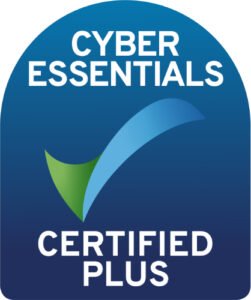Thinc insights
How and why businesses have to prepare for the worst-case scenarios

Keeping your business operating through any situation is the primary goal of business continuity. During the pandemic, the government’s ‘work from home’ instruction sent many businesses into a tailspin. Most didn’t have the technology, capacity or capability to make the instant shift to remote working. Many had to improvise systems so they could continue operating or alter their current business model to compensate. This lack of preparedness and rapid changes to systems raised many issues across the business landscape from loss of revenue to staff uncertainty, and restricted growth.
Serious events can keep business owners and managers awake at night, but many haven’t created an effective disaster recovery plan or robustly tested their processes. Disaster recovery is about keeping businesses operational, or as close to normal as possible should any threat or disaster occur. A solid business continuity plan will also provide reassurance to clients, suppliers, and stakeholders that sound systems are in place across the whole chain.
Government organisations such as the National Cyber Security Centre and regional groups such as the Cyber Resilience Centre for Greater Manchester have been working hard to raise the profile and importance of business continuity and cyber security with SMEs. They promote greater business security control to prevent or minimise the impact of a business-critical cyber threat event if it should ever happen.
The pandemic has revealed that many companies lack a business continuity plan, and the rapid shift to remote working has made them vulnerable to cybercriminals. According to the NCSC, ransomware cases tripled in 2020 compared to 2019, and the amount paid to criminals by victims of ransomware has increased by 300%.
It’s impossible for any business to plan for every possible risk, but taking a comprehensive approach to scenario planning can help you avoid many potential issues. It’s important to understand that you can only assess risk exposure by understanding areas where mitigating actions have not been put in place.
The events of the pandemic were a wake-up call for businesses and served as a shocking reminder of the importance of business continuity planning.
Thinc’s Managed Service team offers the very best in disaster recovery solutions to growing SMEs across the UK through best in class:
Threats to the operation of your business have never been so many and varied. A comprehensive and robust business continuity response is now essential to the running of any company.
There is no better time to prepare for the unknown than right now.
Related Topics
Get in touch


Enter your details into the contact form below, and one of our experts will be in touch to arrange a time to speak.
If you’re an existing customer looking for support, please e-mail servicedesk@wearethinc.com, or visit our support page where you can download our remote support apps.